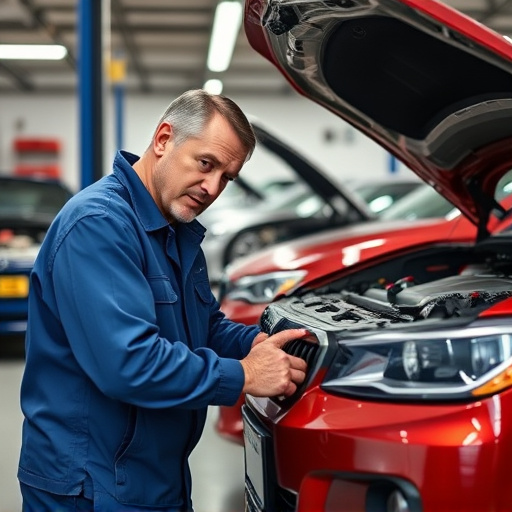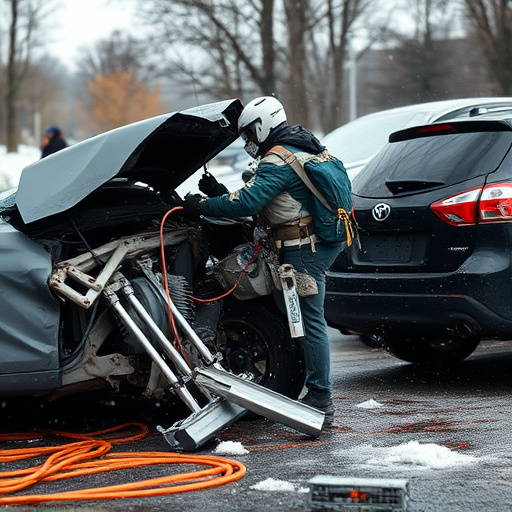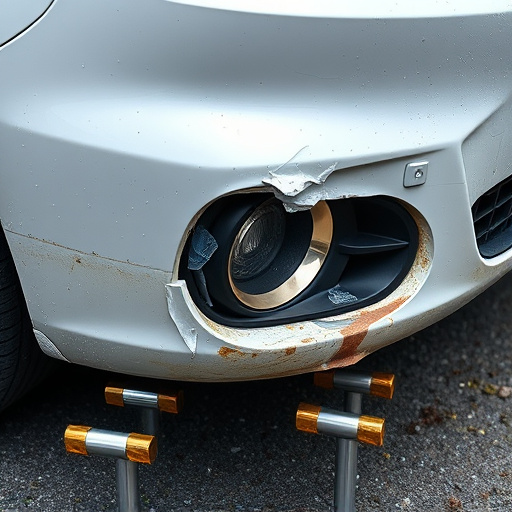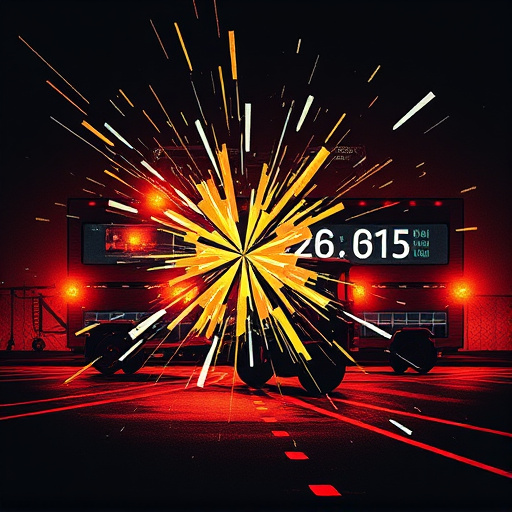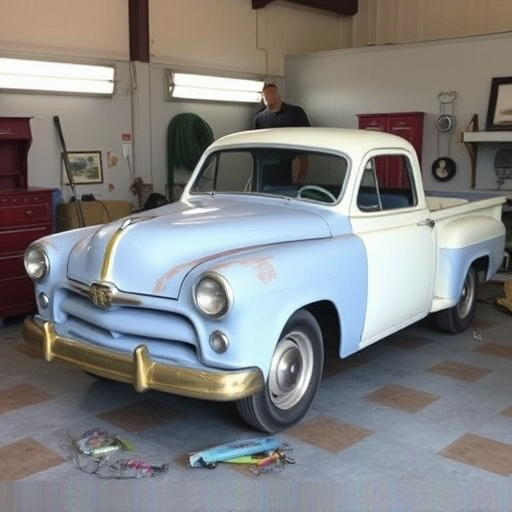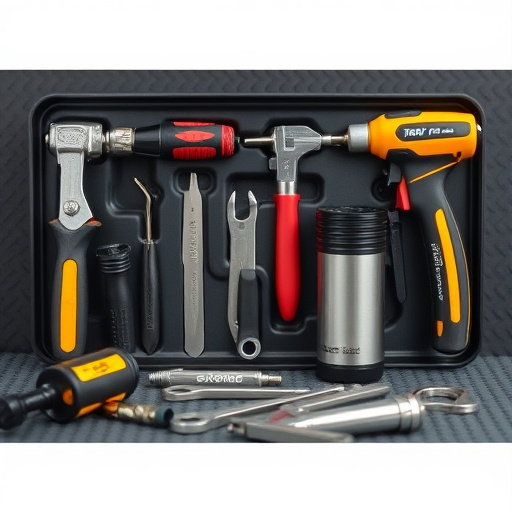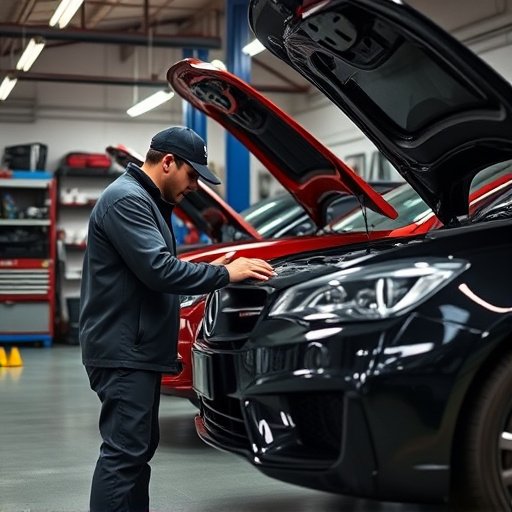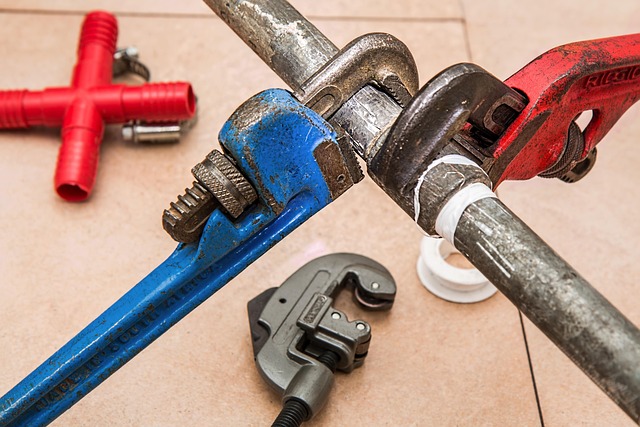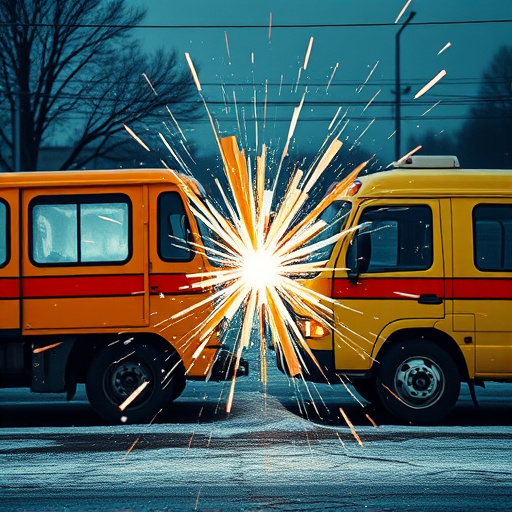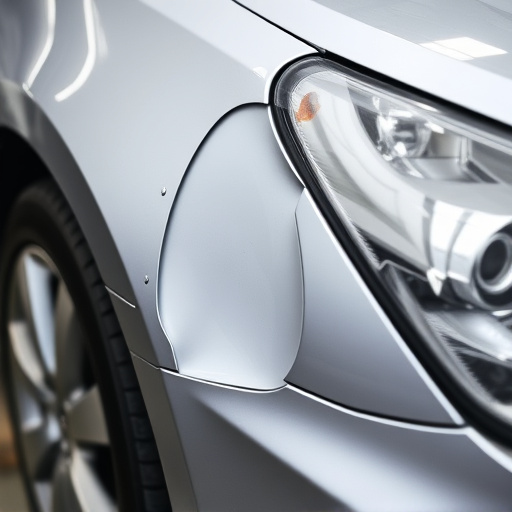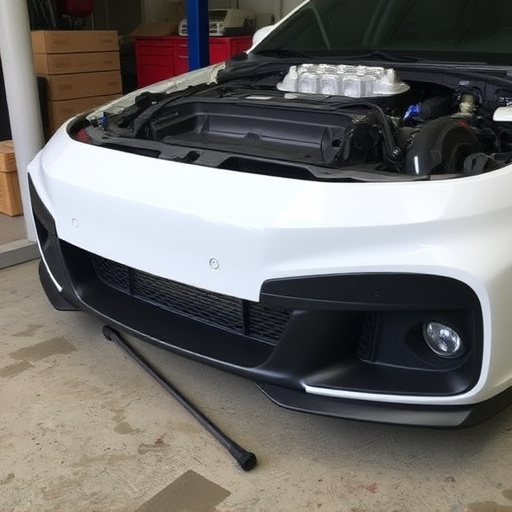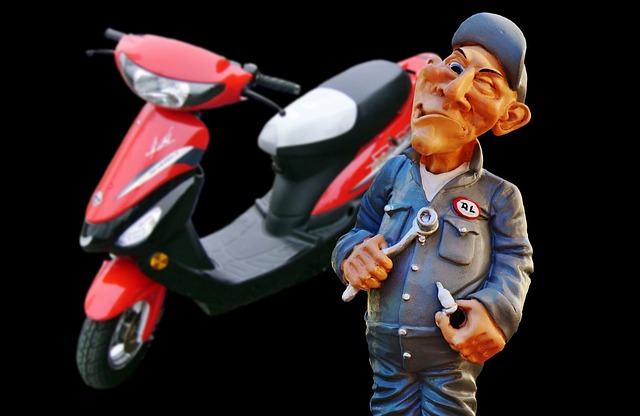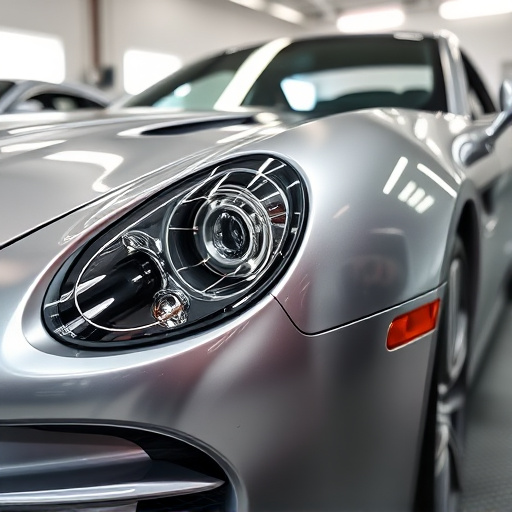Professional PDR (Paintless Dent Repair) is a specialized automotive restoration method for luxury vehicles, using advanced tools to remove dents and scratches without traditional paint jobs. Effective setup of workspace and tools is crucial for precise, efficient work. Mastering pressure and angle application ensures flawless results on various metal types, preserving the original factory finish, especially in high-end repairs like Mercedes-Benz.
Discover the secrets to mastering professional PDR (Paintless Dent Repair) techniques with this comprehensive guide. Learn how to transform your car’s dented panels into flawless, paint-free surfaces. From understanding the fundamentals of PDR to preparing your workspace and tools, we’ll walk you through each step. Master the precise pressure and angle application for various dent sizes and shapes. Elevate your skills and achieve professional-level results at home.
- Understand the Basics of PDR Technique
- Prepare Your Workspace and Tools
- Master the Art of Pressure and Angle Application
Understand the Basics of PDR Technique
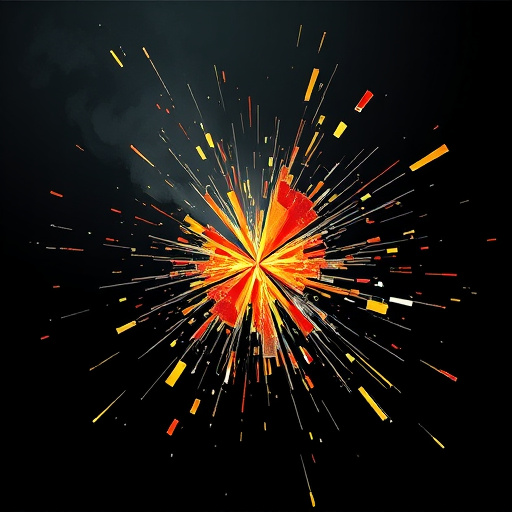
The Professional PDR (Paintless Dent Repair) technique is a specialized process designed to restore damaged vehicles back to their original condition without the need for traditional paint jobs. This method has gained immense popularity in the automotive industry, especially for luxury vehicle repair, due to its efficiency and cost-effectiveness. By employing advanced tools and techniques, professional PDR technicians can effectively remove dents, scratches, and minor imperfections from car bodies, ensuring a seamless finish that matches the vehicle’s original paint job.
Understanding the fundamentals of PDR involves grasping the science behind metal flexibility and the art of precise manipulation. It requires technicians to use specialized tools, such as dent pullers and activators, to apply gentle pressure on the damaged area, gradually lifting and realigning the dented panel. This non-invasive approach not only saves time and money but also preserves the vehicle’s original factory finish, making it a preferred choice for those seeking top-notch automotive restoration without the lengthy downtime associated with conventional repairs.
Prepare Your Workspace and Tools
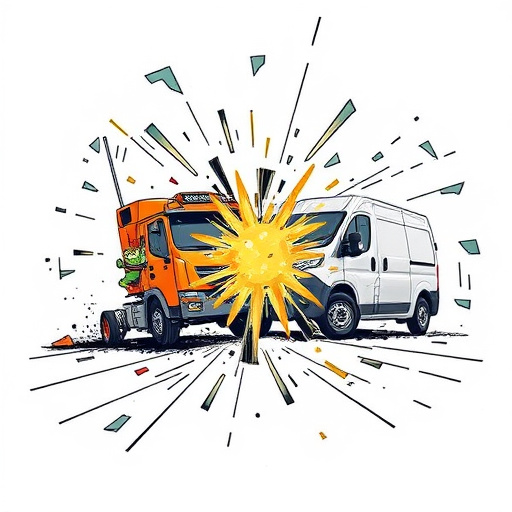
Before beginning any professional PDR (Paintless Dent Repair) techniques, ensuring your workspace and tools are prepared is paramount. Gather all necessary equipment, including specialized tools like PDR hammers, picks, and tabs. These tools are designed to gently extract dents without damaging the car’s paint or surface. Set up your work area in a well-lit, clean environment, as this facilitates precision work. A designated auto collision center with adequate space allows for easy maneuverability of vehicles and tools, enhancing efficiency during the repair process.
Organize your tools thoughtfully to avoid wasting time searching for them. Consider using tool holders or trays to keep everything within reach. Proper preparation reduces the risk of errors and ensures a smoother workflow when tackling car collision repair tasks. Having the right environment and equipment sets the stage for effective application of PDR techniques, ultimately delivering high-quality car paint services.
Master the Art of Pressure and Angle Application
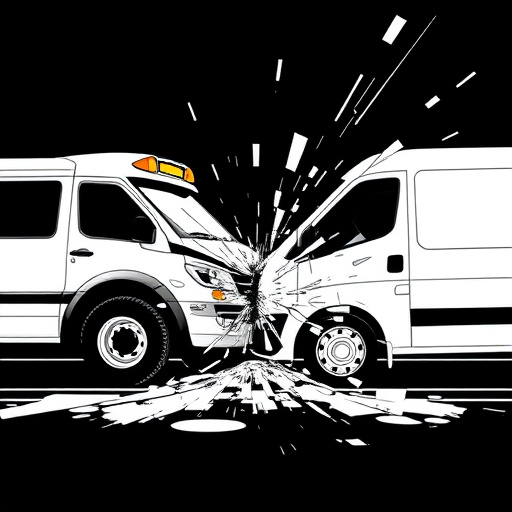
Mastering the art of pressure and angle application is a pivotal step for anyone aiming to excel in professional PDR (Paintless Dent Repair). The technique involves using specialized tools to gently apply pressure at specific angles to remove dents from vehicle surfaces, preserving the original factory finish. This delicate process requires precision and skill. By understanding how varying pressures and angles interact with different metal types and dent sizes, technicians can achieve flawless results that are nearly indistinguishable from the surrounding panel.
For instance, in Mercedes-Benz collision repair or general car dent repair, a trained eye will notice the subtle variations in metal thickness and flexibility across the vehicle body. Applying the correct pressure at the right angle ensures that these unique characteristics are respected, preventing further damage or unsightly marks. Fleet repair services, which often deal with multiple vehicles of varying conditions, rely heavily on this meticulous approach to maintain consistency and quality in their repairs, ensuring each car is returned to its owner in pristine condition.
By understanding the fundamentals of professional PDR techniques, preparing your workspace and tools, and mastering pressure and angle application, you’re now equipped to deliver superior paint restoration results. These techniques not only enhance the aesthetics of vehicles but also increase customer satisfaction. With practice and perseverance, you can elevate your skills in PDR, making you a go-to expert in the industry.
